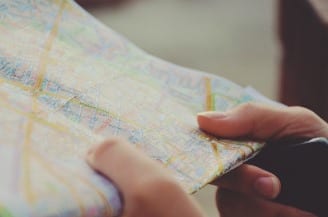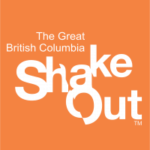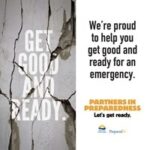Get Prepared, Part 1: Realize the Risk
When it comes to gauging risk, and knowing the hazards that you are most likely to come up against, it’s essential to consider your geographical region. Knowing the weaknesses or tendencies of your area will narrow down your “options” by a large margin. For example, and in a rather macroscopic way, if you live in British Columbia, the main natural disaster concerns include avalanches, earthquakes, severe storms, floods, landslides, tsunamis and wildfires.
A lot of good preparation can be boiled down to common sense. For example, you don’t have to worry about avalanches when you’re at a beach. Instead, you’re better off looking out for tsunamis. This illustrates the point in a fairly simplistic way, but it highlights a crucial part of good preparedness: being aware of your surroundings.
Of course, hazards can never really be reined in or limited to specific geographical areas — especially not if the hazards are non-natural, such as bomb-threats, pandemic influenza, chemical releases, or suspicious packages.
Instead of trying to create an exhaustive list of all the potential hazards that you could possibly encounter in your area, we’ll direct you to some sensible resources where you can hone in on your precise region, and be aware of the relevant hazards, thus enabling you to prepare yourself more effectively.
We’re not trying to fear-monger. Instead, we’re encouraging you to get prepared, and gather the applicable kinds of supplies, such as the right kind of emergency food. This way, you won’t need to waste any energy on fear!
If you would like to read further, please stay tuned to our blog for next week’s post: Get Prepared, Part 2: Generate a Plan.
Or, if you just can’t wait a few days, feel free to check out some of our previous posts if you haven’t already!







